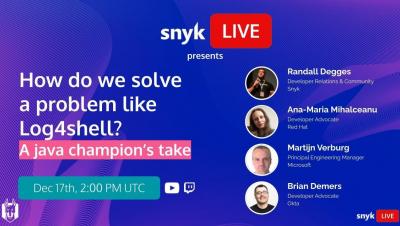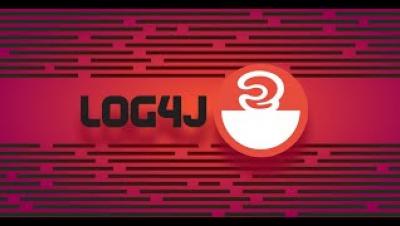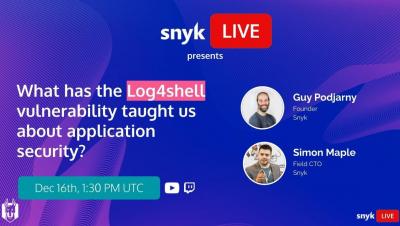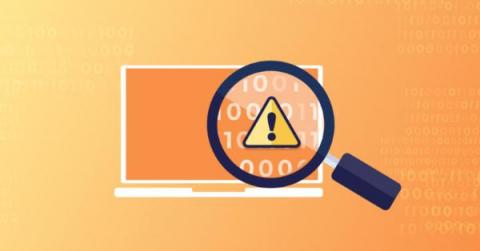Security | Threat Detection | Cyberattacks | DevSecOps | Compliance
DevOps
Log4Shell Deep Dive
Securing Microservices-Based Apps with Dynamic Traffic Authz
Six of My Favorite Styra Declarative Authorization Service Features
Open Policy Agent (OPA) allows developers to accelerate time to market and focus on their differentiated work, instead of spending their time figuring out how they are going to write bespoke authorization policies. With OPA handling authorization decisions across the stack, each service, app or platform API just has to handle enforcement of OPA decisions.
What has the Log4shell vulnerability taught us about application security?
Security in context: When is a CVE not a CVE?
At Snyk we have some general points of principle that we use to help guide our security thinking and decision making. Firstly, it is always important to understand from whom we are protecting, as it has implications for how we need to act. As an example of this, if our artefact is a web server, then we need to protect it against untrusted users. Whilst if our artefact is encryption software, then we clearly need to protect it even from users with physical access to the system.
Log4Shell: What You Need to Know About the Log4j Vulnerability (APJ)
Automate Your Cloud Operations With Humio and Fylamynt
A new API integration for Humio and Fylamynt helps joint customers improve the efficiency of their cloud operations teams by automating repetitive and manual operations tasks. Fylamynt, a low-code platform that delivers a developer’s approach to ITOps with site reliability engineering (SRE), works with Humio to empower faster response times to critical operational issues, reduce human error and increase productivity so DevOps teams can focus on adding value through innovation.











